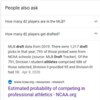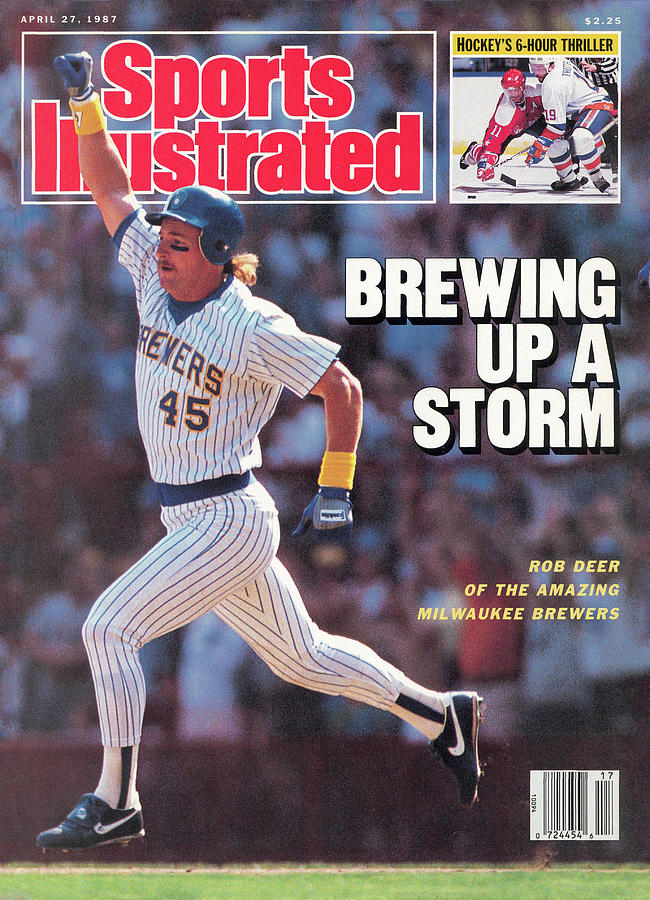Francis;
have you observed a game thru the eyes of a pro scout. The scout does not have a list of measurables" to effect his judgment and evaluation. He talks with the teammates, watches his parents at the game and his coaches before and during the game and after the game. The Scout does his "home work".
His eyes have to determine, if the player can play every day in pro ball, bat with the bases loaded and a his team losing or pitch in a 9th inning with the winning run on and no outs.
He is watching the player one hour before the game. How does he prepare for "battle".
He reports will contain words plays like "Joe Morgan", walks like "Pete Rose" and other descriptive words that are recognized by his Director. He does not differ from D-2 or D-1.
He is "prospecting" for GOLD! Looking for the Special "6th Tool".
College Coaches perform the same analysis + the added Academic asset. "the game has not change, only the evaluator.
Questions are the same "can he play!" Can he help us win!!!!.
Bob



